Biopiratería and the Zapatistas
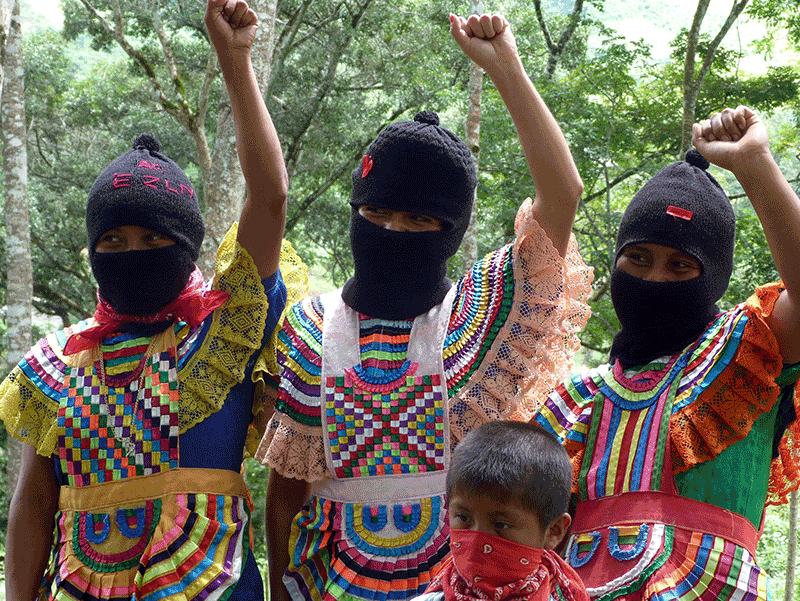
Author notes from Sand by Liz Shipton
Biopiratería (Biopiracy)
The concept of biopiracy is not something I invented for the book Sand. I learned about biopiracy while we were in the Chiapas region of Mexico, visiting the town of San Cristóbal de Las Casas.
Near the town of San Cristóbal is a Mayan village called San Juan Chamula. There, we were fortunate enough to visit a Mayan church where the indigenous people of the region still observe their traditional practices. It was in this town where we also learned about biopiracy and the Zapatistas.
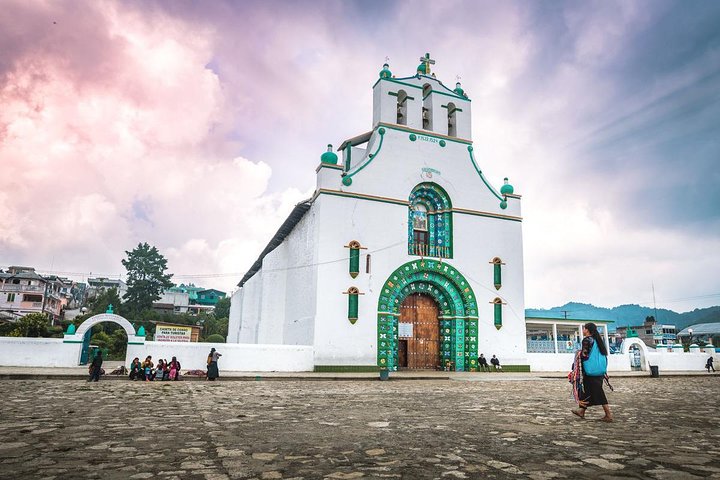
Biopiracy is the practice of the commercial exploitation of indigenous resources and naturally occurring materials. It is the unauthorized appropriation of the knowledge and genetic resources of farming and indigenous communities by individuals or institutions (typically pharmaceutical companies) seeking financial gain through patents.
Frequently, pharmaceutical companies will gain access to indigenous knowledge and resources without providing compensation. In addition, once the pharmaceutical company patents the drug or chemical compound that results from this knowledge, the sudden increase in value of the natural resource or species in question makes it unaffordable for local people to buy. In some cases, a patent by a US drug company prevents the indigenous people from whom the resource was stolen from selling the resource themselves, or even using it.
Nearly one third of all small-molecule drugs approved by the FDA between 1981 and 2014 were compounds derived from natural products. Commercial success from biopiracy, and companies’ attempts to protect their intellectual property rights on indigenous medicinal plants, seeds, genetic resources, and traditional medicines harms indigenous communities.
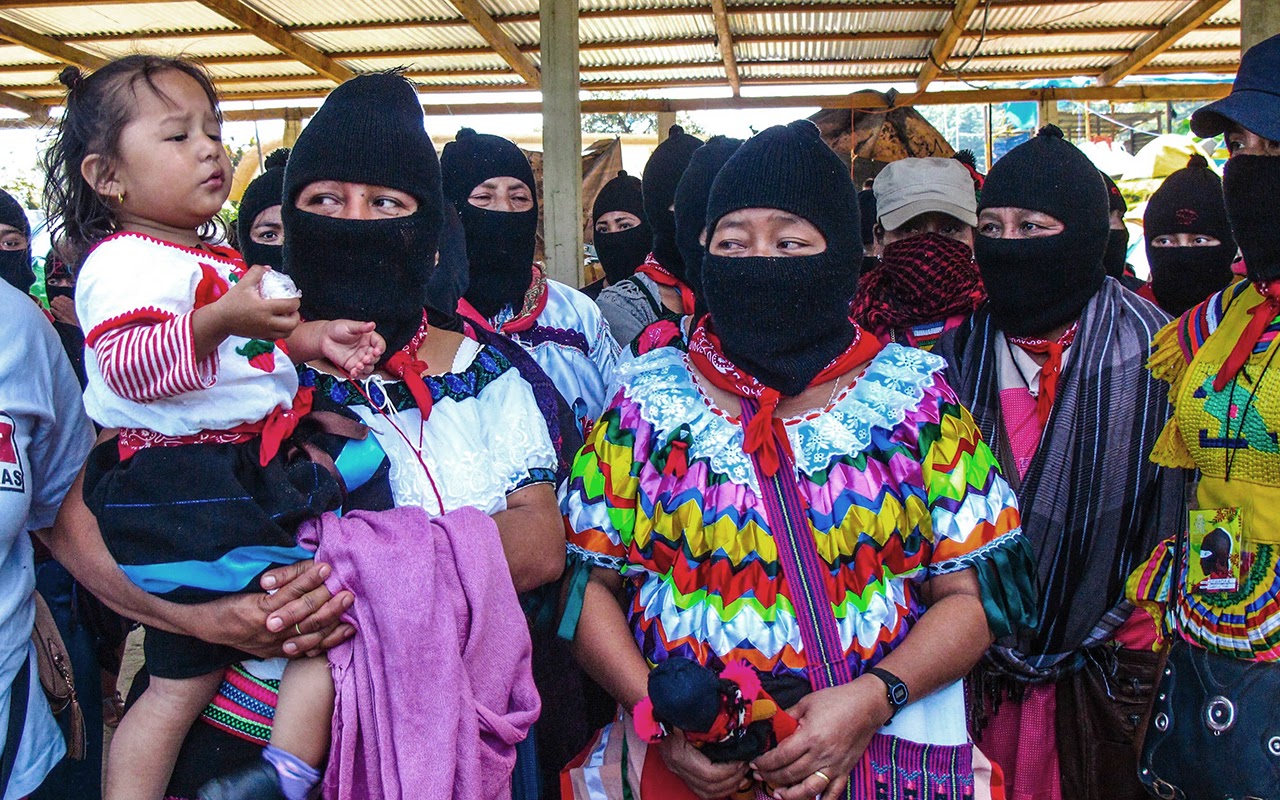
The Zapatistas
The Neozapas (the rebel group that Yote belongs to) were also not an invention of my own mind. This group was inspired by the Zapatista Army of National Liberation, a far-left political and militant group that controls large territories in Chiapas. The Zapatistas were instrumental in fighting biopiracy and bioprospecting efforts in the region of Chiapas in the early 2000s.
The Zapatistas have been nominally at war with the Mexican state since 1994. The majority of Zapatistas are indigenous people, but it is important to remember that there are a number of different indigenous communities within Mexico, and they are not a homogenous group. Although the Zapatistas represent a cooperative of indigenous people, they do not represent all indigenous people, and there is still inter-indigenous conflict.
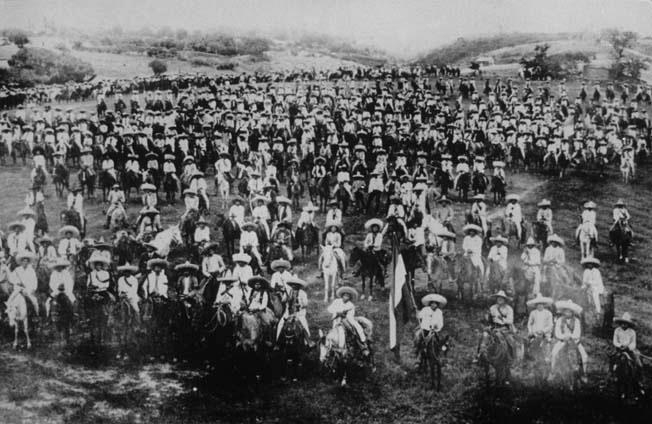
Zapatistas subscribe to a philosophy called Neozapatism—which can be best understood as a mix of anarchism, Mayan tradition, Marxism, and the beliefs of Emiliano Zapata. Their political stance is anti-capitalist and anti-neoliberal. Mexico’s participation in NAFTA was the catalyst for the movement, which they believed would be a death sentence for indigenous communities.
There is an element of feminism to the Zapatista movement, although indigenous women have reported that it is difficult to reconcile Western feminist ideals with their traditional beliefs and practices.
The Zapatistas are best known for their involvement in the Chiapas Conflict, a violent armed uprising against the Mexican state. Although many of their resistance strategies are peaceful, they have been known to resort to violence when they believe peaceful methods are ineffective.
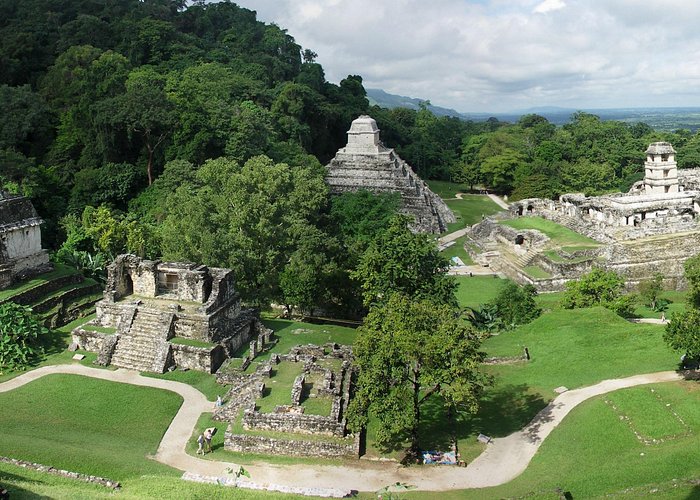
Chiapas
Chiapas is the southernmost state in Mexico, and sits right up against the Guatemalan border. We spent a few months there in the summer of 2022, waiting out hurricane season to the north, and lightning season to the south. Puerto Madero, a very small port town on the coast, served as part of the inspiration for the city of Alluvium in the books.
Chiapas has been inhabited by various indigenous populations since about 7000 BC, including the Olmec, the Mayans, the Tzeltal, and the Zoques. Today, Chiapas has about 13.5% of Mexico’s total indigenous population. Of the 111 municipalities in Chiapas, 99 are majority indigenous. Almost a third of the population of Chiapas speaks an indigenous language, and a third of those people do not speak Spanish.
Chiapas is one of the most biodiverse regions in Mexico, with the Lacandon Jungle thought to contain up to 25% of Mexico’s total species diversity. It is this biodiversity, coupled with millennia of indigenous knowledge about the natural ecosystem, that makes the area a target for bioprospecting and biopiracy.